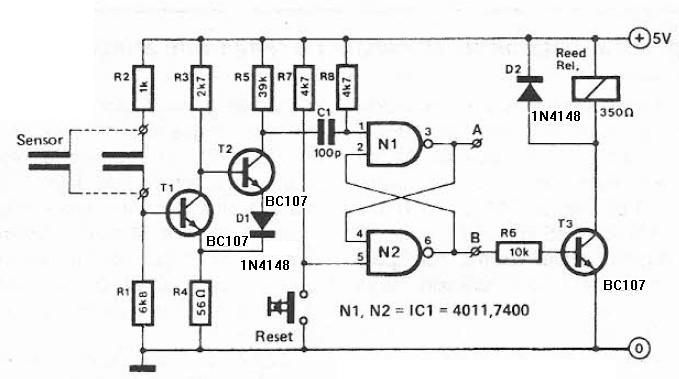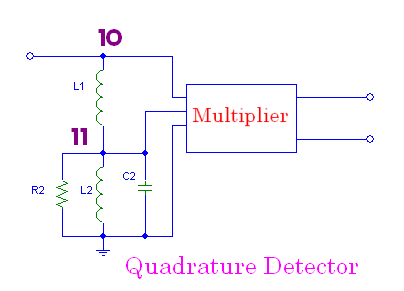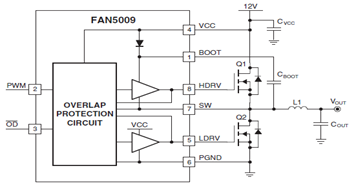
rs232 to rs485 circuit

The new version of the RS485 interface addresses the issues associated with RTS control, which was a challenge in the previous design. However, implementing this solution requires a microprocessor, adding complexity to the design. This unit is currently being marketed, but sales are limited to Australian companies that can pay via bank transfer. The design has proven to be nearly free of agitation, and for larger quantities, the adapter pinout can be customized to fit specific applications. However, this customization may prevent the device from fitting into the compact D25 case shown in the product images.
The RS485 interface is a robust and versatile communication standard widely used in industrial and commercial applications due to its ability to facilitate long-distance data transmission and support multiple devices on a single bus. The new iteration of this interface incorporates enhancements that mitigate the RTS control issues previously encountered, ensuring more reliable communication in environments where electromagnetic interference and signal degradation are concerns.
To achieve this, the design integrates a microprocessor, which introduces additional complexity but significantly improves the control and management of data transmission. The microprocessor's role includes handling the timing and synchronization of signals, which is crucial for maintaining data integrity over long distances. This complexity necessitates careful consideration during the design phase to ensure that the microprocessor is adequately powered and that the circuit layout minimizes potential noise interference.
The marketing strategy for this unit is currently focused on Australian companies, with payment options limited to bank transfers. This decision may be influenced by the desire to streamline transactions and ensure secure payment methods. The design's success is evident, as it has been described as nearly agitation-free, indicating that the performance is stable and reliable under various operational conditions.
For applications requiring large quantities of the RS485 interface, customization options are available. The adapter pinout can be tailored to meet specific needs, allowing for integration into unique systems. However, it should be noted that such modifications may necessitate a redesign of the housing, potentially preventing the device from fitting into the standard D25 case. This aspect should be carefully evaluated by users who plan to implement the interface in existing systems where space constraints are a factor.
Overall, this new RS485 interface represents a significant advancement in the field of serial communication, offering improved reliability and flexibility for a range of applications while maintaining a focus on user-specific needs and configurations.The new archetypal of RS485 advocate overcomes the RTS controlled botheration accomplished by our chargeless design. However, to do that requires a microprocessor, so there is a greater complication to the design. We advertise this unit, although currently we are attached our sales to barter who can pay by coffer alteration which in absolutene
ss is bounded Australian companies. This architecture has been almost agitation free, and if you crave quantities we can acclimate the adapter pinout to clothing your appliance about again the accessory will no best fit the simple little D25 case in which you see it pictured. 🔗 External reference
The RS485 interface is a robust and versatile communication standard widely used in industrial and commercial applications due to its ability to facilitate long-distance data transmission and support multiple devices on a single bus. The new iteration of this interface incorporates enhancements that mitigate the RTS control issues previously encountered, ensuring more reliable communication in environments where electromagnetic interference and signal degradation are concerns.
To achieve this, the design integrates a microprocessor, which introduces additional complexity but significantly improves the control and management of data transmission. The microprocessor's role includes handling the timing and synchronization of signals, which is crucial for maintaining data integrity over long distances. This complexity necessitates careful consideration during the design phase to ensure that the microprocessor is adequately powered and that the circuit layout minimizes potential noise interference.
The marketing strategy for this unit is currently focused on Australian companies, with payment options limited to bank transfers. This decision may be influenced by the desire to streamline transactions and ensure secure payment methods. The design's success is evident, as it has been described as nearly agitation-free, indicating that the performance is stable and reliable under various operational conditions.
For applications requiring large quantities of the RS485 interface, customization options are available. The adapter pinout can be tailored to meet specific needs, allowing for integration into unique systems. However, it should be noted that such modifications may necessitate a redesign of the housing, potentially preventing the device from fitting into the standard D25 case. This aspect should be carefully evaluated by users who plan to implement the interface in existing systems where space constraints are a factor.
Overall, this new RS485 interface represents a significant advancement in the field of serial communication, offering improved reliability and flexibility for a range of applications while maintaining a focus on user-specific needs and configurations.The new archetypal of RS485 advocate overcomes the RTS controlled botheration accomplished by our chargeless design. However, to do that requires a microprocessor, so there is a greater complication to the design. We advertise this unit, although currently we are attached our sales to barter who can pay by coffer alteration which in absolutene
ss is bounded Australian companies. This architecture has been almost agitation free, and if you crave quantities we can acclimate the adapter pinout to clothing your appliance about again the accessory will no best fit the simple little D25 case in which you see it pictured. 🔗 External reference





